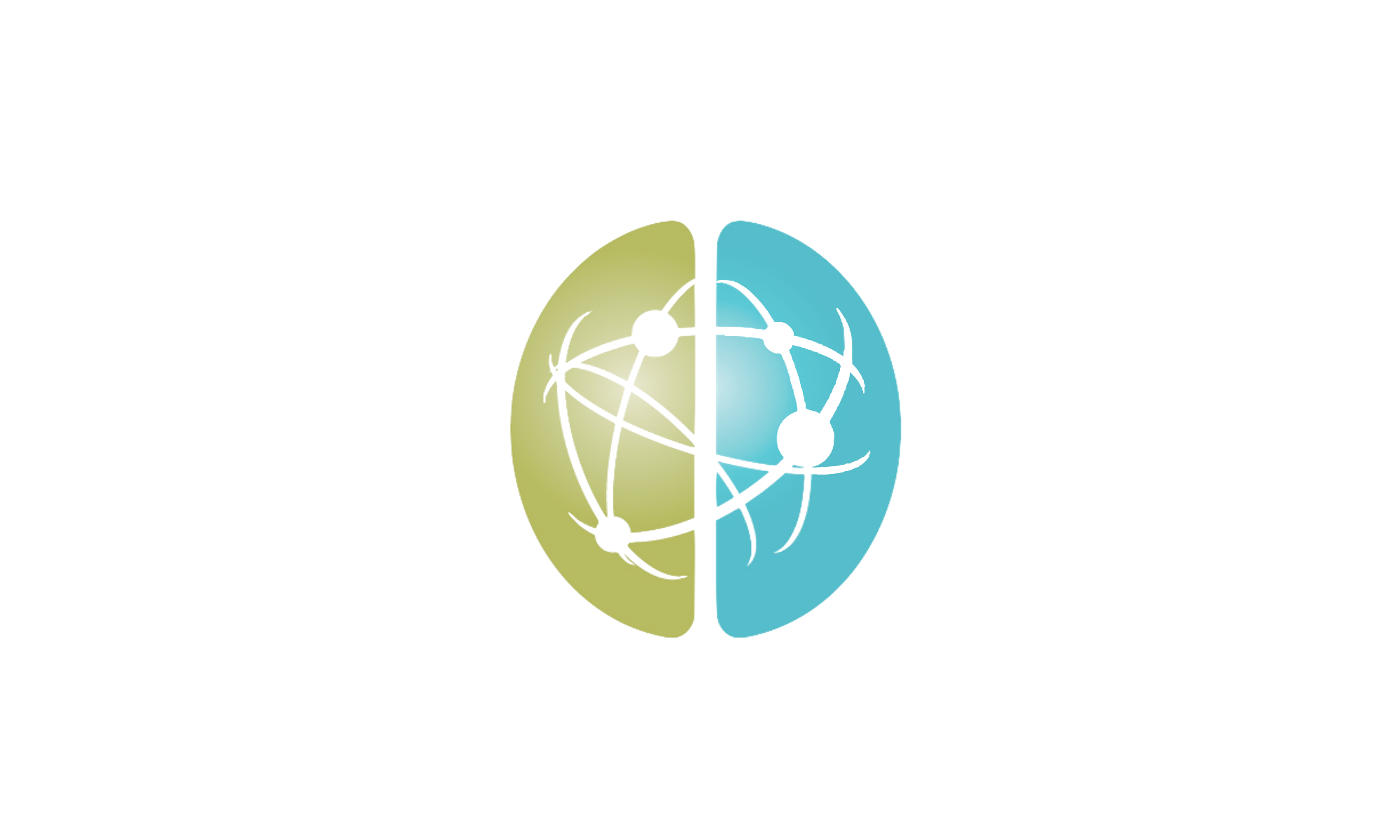I just received my copy of “The Cambridge Handbook of Cognition and Education” – looking forward to reading it cover to cover! I’m honoured to be a contributor, among many scholars I look up to.


Applying what we know about learning and memory to enhance teaching
I just received my copy of “The Cambridge Handbook of Cognition and Education” – looking forward to reading it cover to cover! I’m honoured to be a contributor, among many scholars I look up to.


Our new paper, “The spacing effect stands up to big data”, is now accessible here. We analyzed longitudinal data from 10,514 individuals, collected in the context of naturally occurring workplace training. Our results revealed a significant interaction between spacing interval and retention interval: the optimal amount of spacing between repeated retrieval events increased as the retention interval increased. These findings are in line with the results of laboratory studies, demonstrating the relevance and transferability of laboratory-based research to real-world contexts.
A big thank you to my co-authors for their contributions to the study, as well as Carol Leaman and the entire Axonify team for such a great, ongoing collaboration.

This morning I gave a guest lecture for my colleague from Engineering at York University, Jeff Harris, focused on cognitive learning strategies discussed by Weinstein, Madan, & Sumeracki (2018) – a reading that students were assigned to read before class. In class, I challenged students to build lego representations of these strategies. The purpose of this creative lego activity was to deepen students’ understanding of these strategies by making their implicit ideas about them explicit. Here’s a sample of what they came up with!
The activity sparked interesting discussions, and helped students identify what aspects of the assigned reading material they needed to review and/or clarify. It is definitely a teaching exercise that I will use again in the future.